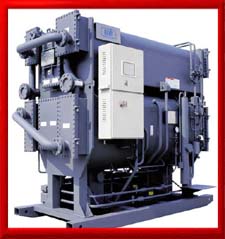

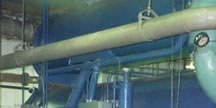 |
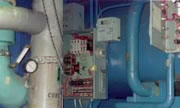 |
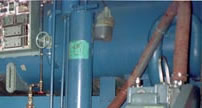 |
|
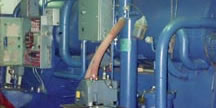 |
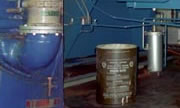 |
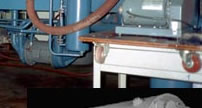 |
|
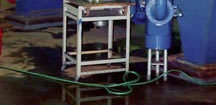 |
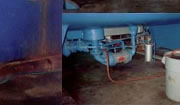 |
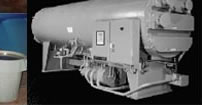 |
When I worked for the Postal Service as an HVAC mechanic, two of the buildings I had to work in, in Manhattan had absorption chillers. Both of them were small carrier stations of about 500,000 SF in size. One was Grand Central Station, which had a 2 Carrier brand 500-ton split or what I call double shell absorbers. The other was FDR station, which had 2 Trane single shell or unitary design absorbers. At Grand Central the condenser section was in the upper shell and the evaporator section in the lower shell. At FDR both the condenser and evaporator sections were in a single shell with the condenser bundle at the top. Both machines had to run in a vacuum and both used Lithium bromide as the absorbent and water as the refrigerant. The worst thing that can happen on an absorber is when it crystallizes. That happens when the strong solution starts to come back from the condenser section with very little water in it. To de crystallize the machine one has to heat it up with torches, a messy process. Both absorbers were steam powered at around 6 PSI steam. Both buildings had extensive PRV problems because Con Ed sent the steam in at 160 PSI. The steam was wet and corrosive. It had to pass through several PRV stations to take it down to 6 PSI for the absorbers. There were a lot of problems with wire draw and water hammer. We used Spirax Sarco F&T steam traps on the low end and they were failing like crazy from the wet steam. I found a new type made by TLV of Japan with a free-floating stainless steel ball as the shut off device. They worked great. Although these buildings housed 500 letter carriers in each one, and they were considered the biggest Carrier Stations in the USA I found them to be small and not so challenging as the bigger buildings such as Morgan and Church Street Stations. Both of these were over 1 million sq/ft in size.